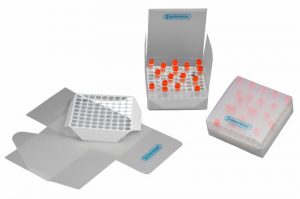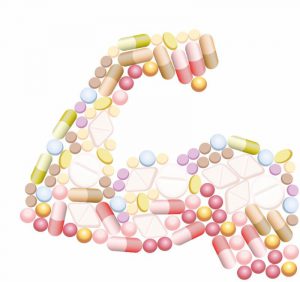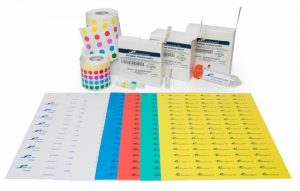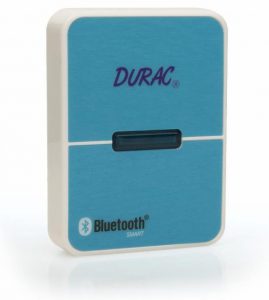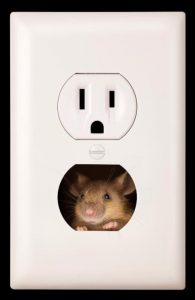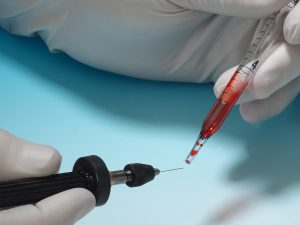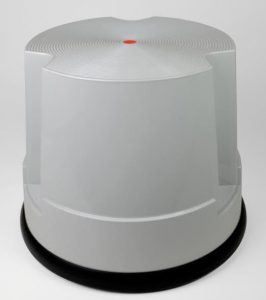
Just Popping By!
Who doesn't love settling in to watch a movie with a big bowl of freshly popped, buttery popcorn? We know you've often pondered the science behind popcorn while you're waiting for the microwave to finish popping those kernels, or for the concession stand attendant to hand you a warm bag. Well wonder no more - we've got the scoop on how popcorn pops (sure to wow your friends and family during your next movie night!)
- Popcorn kernels naturally contain oil and water plus starch, surrounded by an outer shell, or hull.
- As they're heated, the oil and water gelatinize the starch inside the hull.
- As the internal temperature reaches about 180°C, pressure inside the hull rises to about 135psi, and then POP!
- The gelatinized starch spills out and immediately cools into the familiar popcorn shape we know and love.
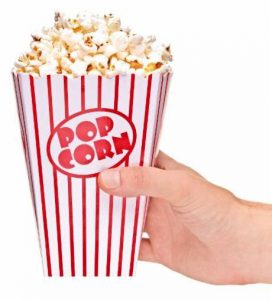
Popcorn is 1 of 4 main types of corn, but it's the only one that POPS!
Pop Up 2" Freezer Boxes won't make the 'pop' sound when you assemble them, but they WILL save storage space and money (which we think is better)!
- Ships flat/stores flat
- Saves money by replacing less often
- More durable than fiberboard
- Impervious to moisture
- Reusable - will not stick to icy racks or shelves
- Fits into standard 2" freezer storage racks


